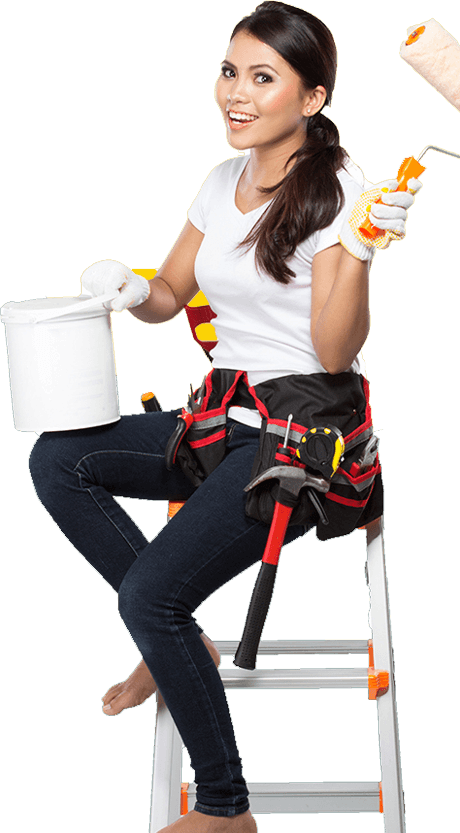When painting walls, choosing the right
paint tools is crucial. Different wall types have different materials, surface textures and absorbencies, so different types of paint tools are needed to ensure the best results.
Smooth walls usually refer to hard, smooth surfaces such as ceramic tiles, glass, and metal. For these walls we recommend using a spray gun or sprayer. Airbrushes and sprayers can apply paint evenly and finely to walls, creating a smooth, seamless coating. In addition, they can effectively control the flow rate and spray range of paint, improving work efficiency. Of course, when using a spray gun or sprayer, we need to pay attention to maintaining a proper spraying distance and angle to avoid dripping and splattering of paint.
Rough walls usually refer to materials with rough and porous surfaces such as masonry, cement, and concrete. For this type of wall, a roller brush is a better choice. The roller brush has soft bristles and a larger brushing area, which can better adapt to the unevenness and unevenness of the wall surface. By rolling the roller brush, the paint can evenly cover the wall surface, filling in the small bumps and convexities on the wall surface, forming a uniform and smooth coating. In addition, the roller brush can also control the amount of paint, reduce waste and improve work efficiency.
In addition, for walls with strong water absorption, such as gypsum boards, wooden boards, etc., we need to pay special attention to the permeability and adhesion of the paint. This type of wall is suitable for painting with a brush. The brush can precisely control the amount and range of paint, ensuring that the paint can fully penetrate into the wall fibers and form a solid coating. At the same time, the brush can also adapt to subtle changes in the wall surface, making the painting effect more natural and even.
In addition to the common wall types mentioned above, there are also some special wall surfaces, such as wallpaper, wallpaper boards, etc. For this type of wall, we need to use special wallpaper paint and corresponding painting tools. Wallpaper paint usually has good adhesion and hiding power, and can effectively cover the texture and pattern of the wallpaper surface. Corresponding painting tools, such as wallpaper brushes or wallpaper rollers, can better adapt to the characteristics of the wallpaper surface and achieve even and smooth painting effects.
When choosing a paint tool, we also need to consider the type and nature of the paint. Different types of paint have different drying times, flow properties, and coverage, so you need to choose the right paint tools to ensure the best results. In addition, we also need to pay attention to the cleaning and maintenance of painting tools. Cleaning painting tools regularly to avoid paint residue and clogging can extend their service life and improve the painting effect.
For different types of walls, we need to choose suitable paint tools for painting. By understanding factors such as the material, surface texture and water absorption of the wall, we can choose different types of painting tools such as spray guns, roller brushes, brushes or wallpaper-specific tools to ensure a uniform, smooth and lasting painting effect. At the same time, we also need to pay attention to the selection of paint and the cleaning and maintenance of painting tools to improve work efficiency and painting quality. I hope this article can help readers make informed decisions when painting walls and obtain satisfactory painting results.



 Español
Español














